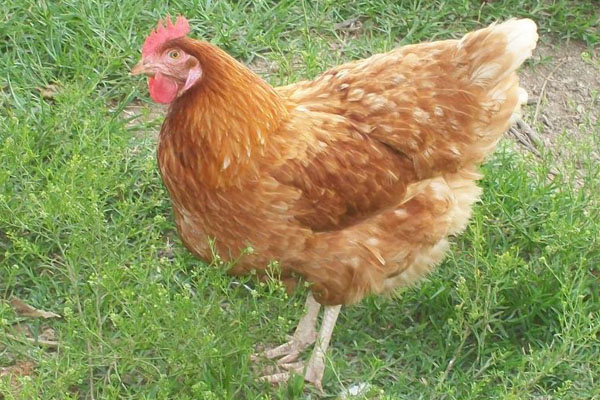How to raise chickens in autumn and winter
- Published in Method of breeding chicken
There are many windy weather in autumn and winter, what problems should be paid attention to by chicken farmers and how to do well? In the autumn and winter seasons, especially in winter, there are more windy weather. We all know that ventilation has a great impact on the success of raising chickens in winter. In many articles, chicken farmers have seen articles that should pay attention to ventilation in the winter, or how harmful gases will affect the health of the flock. Since it is all wind, the wind will definitely affect the ventilation of the house, and the impact is still great.
What is the danger of winter wind on the chicken house and poultry cage equipment?
The biggest hazard caused by windy weather in winter chicken houses is cold stress. Even people, in the cold winds of winter, can tremble with chills, let alone chickens that are easy to stress. If a strong wind blows, the chicken farmers are not well coped, the flocks are severely cold-stressed, and the respiratory tract is stimulated to cause various respiratory diseases. The immunity is reduced and various chicken diseases are easy to find. This is the core cause of the frequent outbreak of chicken disease after windy.

Chicken house measures to deal with windy diseases
Therefore, coping with the windy weather in autumn and winter is a technology that chicken farmers must master in winter. Fortunately, this is a matter of wind, there is a weather forecast that can be known in advance, and chicken farmers can prepare early. Knowing the fact that the wind is going to be strong next, the chicken farmers should be prepared according to the direction of their own chicken houses, the wind direction and the wind that will be blown, mainly to avoid letting the cold wind blow into the chicken when the windy weather arrives.

